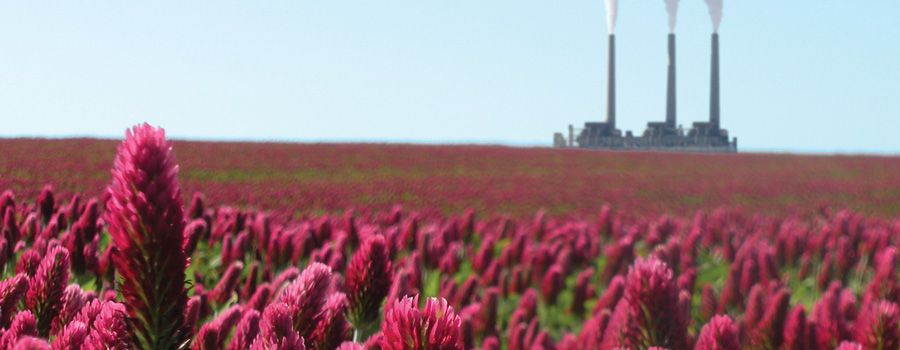
Offsets or Insets? Which Carbon Opportunity is Right for Your Operation?
Article By: Cathy Asher
Carbon markets are gaining momentum as an alternative revenue stream for farmers. There are two options for farmers: offsets and insets. The option that is right for your farm depends on the type of farming operation (dairy, poultry, beef, crop, etc.), the sustainability practices you have already implemented, the sustainability practices you are proposing to implement, and how common those practices are currently in your area.
Carbon offsets are the reduction, removal, or avoidance of emissions from a specific project or practice used to compensate for emissions occurring elsewhere. An example of this would be a farmer implementing cover crops as a new practice to sequester carbon in the soil. This creates credits that could be sold to a corporation creating emissions from the movement of goods and services. These credits are in high demand by national grocery store chains and e-commerce companies in response to customer and investor demand. It is expected that carbon offsets markets could be a $50 billion industry by the year 2030.
Carbon insets are the reduction, removal, or avoidance of emissions from activities whereby the carbon rights or reductions claim is sold to someone downstream in the supply chain. The goal of insets is the achievement of verifiable reductions in Scope 3 emissions of entities downstream of the farm in the ag supply chain. Farmers earn premiums for crops grown with qualifying sustainable practices regardless of past practices. Program verification is required via a third-party and this pertains to crops sold, not fed. Options available to livestock producers would be the use of methane digesters for biogas production, vermification (the use of worm beds to break down manure to reduce volatile solids), and implementation of feed additives to reduce enteric methane production in ruminant animals.
Carbon markets are not yet regulated by a government entity. Experts estimate that regulations to standardize practices and compensation for carbon markets may emerge in the next two to three years. As you consider choosing a carbon program for your farm, keep in mind both integrity and incentives of the buyer and how it will impact your farming operation long-term. Climate, size of operation, geographical need for credits and cost-benefit analysis are all considerations when choosing the practice that is right for your operation. Whether you choose to be an early adopter of the carbon revenue options available or prefer to wait until standards are implemented, it is clear that carbon markets may be a viable alternative revenue stream for your farming operation.
Cathy Asher is a relationship manager and serves on the Agriculture Banking Team for Security Financial Bank. She can be reached at casher@sfbank.com or at 715.672.2410



